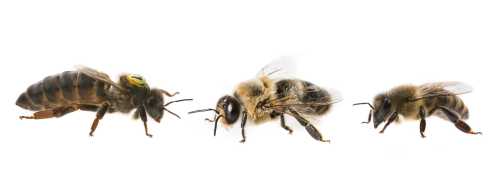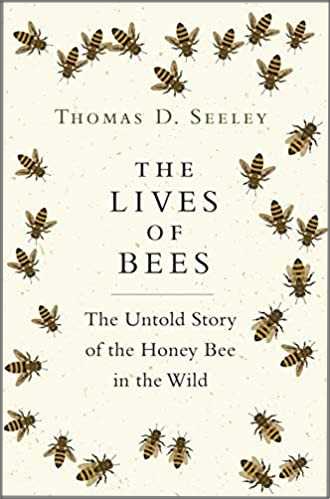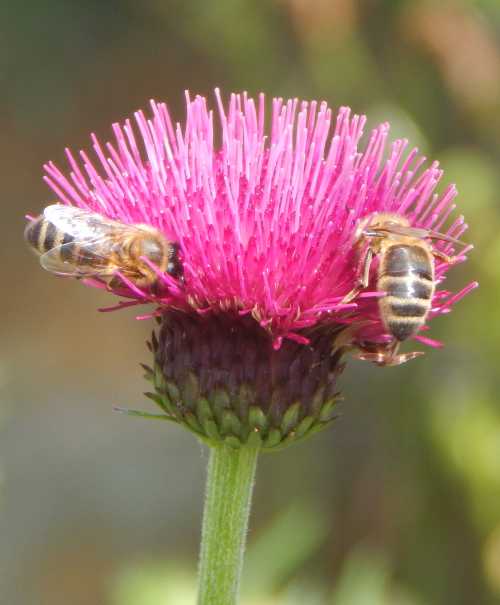What Is Bee Propolis And What Is it Used For?
The short answer is:
Propolis is sometimes referred to as 'bee glue' owing to its use by honey bees as a means to plug gaps in a nest or hive. However, its role is wider than that, as it serves, in a variety of ways to protect bees from various threats, and maintain health of the honey bee colony.
Read on for further detail.
What Is Bee Propolis?
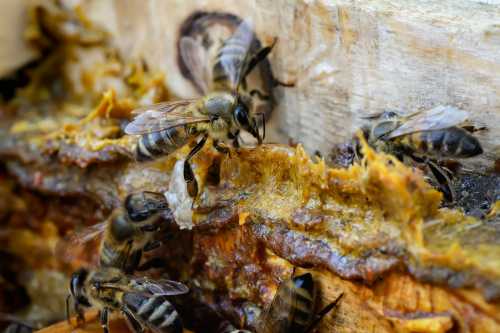
Propolis is a sticky substance that consists of over 300 compounds comprising resins and other natural ingredients such as, vegetable balsams, flower oils, pollen and waxes in approximately the following ratios (although there may be some variation in different colonies):
- Resins and vegetable balsam: 50%,
- Beeswax: 30%,
- Pollen: 5%,
- Essential and aromatic oils 10%
- Other substances which include organic compounds: approximately 5%.
How do bees make propolis? / Where do bees get propolis?
Honey bees make propolis by mixing beeswax, saliva and the resins they collect from leaf buds and tree sap.
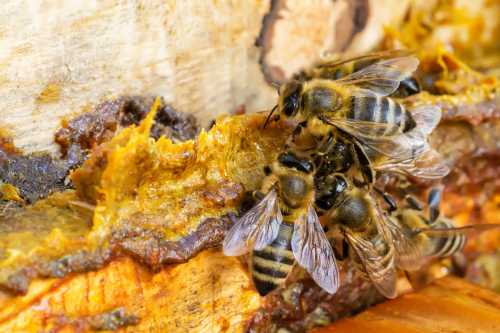
The resins are gathered by bees from glistening leaf buds, especially from trees such as horse chestnut and various conifers, but it may also be gathered from ‘injury sites’ that cause resin to leak out of a tree from a trunk or branch.
Because of the nature in which it is made, the composition of propolis varies between hives or nests, since it is largely a reflection of the natural sources of resins.
What is bee propolis used for and why is it essential for bees?
The main function of propolis, is to provide a protective barrier within a variety of scenarios in the nest or hive.
1. Propolis as a natural sealant
Firstly, it serves to seal and plug gaps in the structure of the hive or nest, that might otherwise leave the colony exposed to attack from predators, whilst at the same time allowing for sufficient beneficial ventilation.
Some colonies use propolis to close off the entrance to the nest or hive in autumn. This allows some ventilation whilst reducing exposure to the winter elements. It may also help to protect the honey stores from predators, such as worker wasps (wasp colonies are typically at their peak in the autumn months).
In fact, in his book, The Lives Of Bees, Professor Thomas D. Seeley notes that the word propolis has its origin in the words ‘pro’ meaning in front of, and ‘polis’ meaning city or community, thus referring to the use of resin at the entrance of the hive.
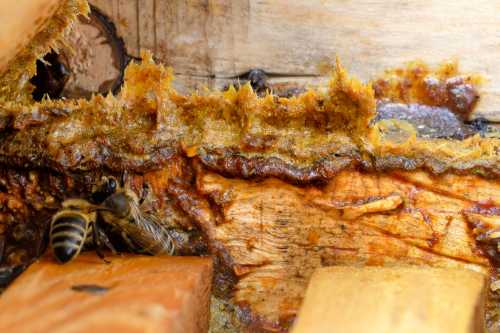
2. Protection against disease
Secondly, because propolis has a number of anti-bacterial,
anti-microbial properties, it serves as a general protective barrier against
infection and disease by inhibiting bacterial growth.
Cleanliness is important for the health of the colony, and hygiene is maintained by busy worker bees that move detritus out of the hive.
However, should a potential threat to colony health be too large to move, worker bees create a propolis barrier around it, effectively mummifying the threat.
An example might be a large slug or even a mouse that has died in the hive, and is too large for bees to remove. The slug or mouse would be coated in propolis to prevent bacterial harm to the colony as it decayed.
Similarly, bees in wild tree colonies use propolis to line their nest in order to protect against bacterial threat from within the nest casing, effectively creating a ‘propolis envelope’ as witnessed by Seeley and Morse when they observed wild nests in hollow tree trunks.
Seeley and Morse noted that decaying wood had been chewed off by worker bees to expose firm wood to which the bees could attach comb, and which was lined with a smooth layer of propolis that would serve to protect and preserve the nest from mould and bacteria.
3. Reinforcement
Thirdly, propolis helps to maintain the physical structure
of the nest.
4. Comfort
Fourthly, propolis is also known to reduce vibrational
disturbance and provide the nest or hive with sound proofing.
Which bees in the colony gather and use resin for propolis?
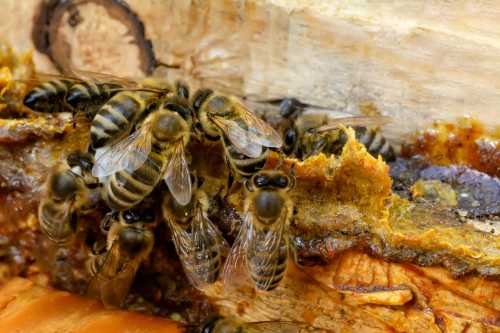
As described by Seeley in his superb book (citing the work of Professor Jun Nakamura from the Honey Bee Science Research Centre at Tamagawa University in Japan), it has been found that within a honey bee colony, 'resin collectors' were ‘elderly bees’, being 25 to 38 days old.
A resin collector chews off resin with her mandibles, and passes it along to her corbiculae (pollen baskets) on the rear legs.
Once fully loaded with resin, she returns to her colony, where she stands at one of the sites where resin is being used. Other worker bees, 'resin users', then proceed to bite off pieces of resin from her pollen baskets, and begin using the propolis to plug gaps and line walls.
However, some resin collectors may also carry
additional resin in their mouthparts, enabling them to get to work with the
resin users once they return to the colony, using the resin they had carried in their
mandibles.
As described by Nakamura, resin users tend to be ‘middle aged’ worker bees, being 14 -24 days old, once their duties as ‘nurse bees’ have ended, and before they commence their role as foraging workers collecting nectar and pollen.
Beehive propolis
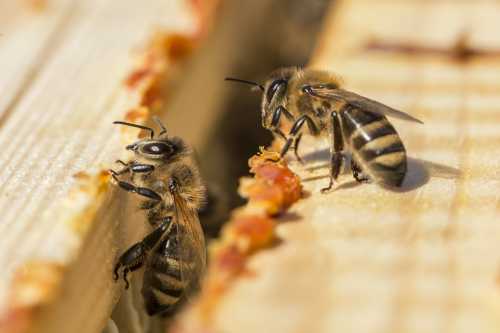
When beekeepers are removing frames (the wooden structures on which combs are
made), they will often find the bees have ‘glued’ the frames in their positions
inside the hive, such that a piece of beekeeping equipment (a hive tool) is
used to lever them out.
Yet despite the fact that bees create a propolis envelope in tree nests, man-made bee hives tend to lack a propolis envelope.
Seeley advocated that beekeepers could ‘rough’ the sides of the hive, to encourage propolis making, which in turn would help bees maintain colony health because of the protective qualities of the propolis.
Resources:
1. The Lives Of Bees by Thomas D. Seeley
2. Syed Ishtiaq Anjum, Amjad Ullah, Khalid Ali Khan, Mohammad Attaullah, Hikmatullah Khan, Hussain Ali, Muhammad Amjad Bashir, Muhammad Tahir, Mohammad Javed Ansari, Hamed A. Ghramh, Nuru Adgaba, Chandra Kanta Dash, Composition and functional properties of propolis (bee glue): A review. Saudi Journal of Biological Sciences, Volume 26, Issue 7, 2019, Pages 1695-1703, ISSN 1319-562X.
